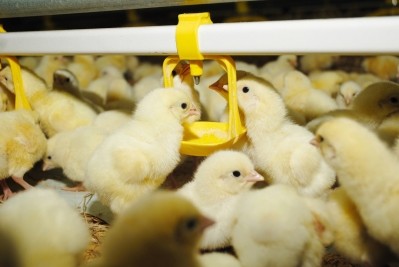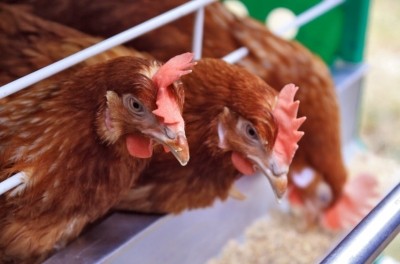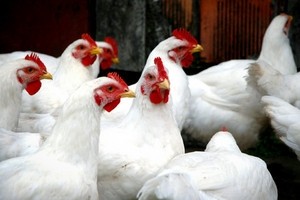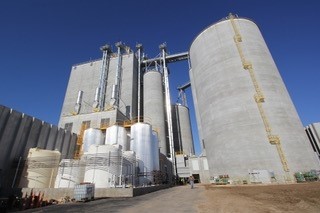Stronger feed chain links critical for EU poultry industry viability: trade group
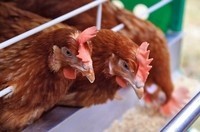
The report from the Wageningen University and Research Centre (WUR) indicates that further market access or lower import levies granted to countries that do not meet EU standards will undermine the viability of the EU poultry meat industry.
The study, which was funded and commissioned by AVEC, analysed the differences in production costs between the EU and third countries and reviewed how reduced lower import levy scenarios would impact the EU poultry sector.
Feed costs
The report found that in Ukraine and in North and South America the feed costs are at least €0.10 per kg lower than in the EU thanks to domestic availability of sizeable quantities of feed ingredients such as maize and soy bean.
“Because of the lower feed costs, the price of the day-old chicks are at least €0.04 per kg live weight lower,” said Cees Vermeeren, AVEC secretary general.
The study also highlights the reduced feed prices in the major poultry exporting countries of Brazil, Thailand and Argentina resulting from the lack of environmental and welfare legislation in those markets.
It costs on average €1.66 per kg of carcass weight to produce poultry in the EU. By comparison, found the report, Argentina is only 71% of that total, with Brazil (72%), Ukraine (77%), USA (80%), Thailand (84%), and Russia (92%) following closely behind.
Vermeeren told FeedNavigator.com: “This gap in costs will not be easily bridged, but it is evident that the feed manufacturer is an important partner in the chain.”
A closer alliance between the feed chain and the poultry sector, he said, could promote optimal supply chain management and help to develop market opportunities.
FEFAC's perspective
A spokesperson for the EU feed manufacturers’ federation, FEFAC, said it agrees with the notion that alliances between chain partners could improve the long term strategic supply of feed materials.
“Feed is a key factor of competitiveness for the livestock sector. Its share in the production cost for poultry product lays both in its price and its efficiency. And the dependence on imports, especially from just a few countries, creates unwanted risks for the EU livestock industry,” said Anton van den Brink, communication adviser, FEFAC.
It must be acknowledged, he said, that due to different standards and regulations for feed safety, sustainability and genetically modified crops, the EU feed industry faces more challenges than competitors on the global market.
“Therefore, facilitated market access is a first step that is needed to remain competitive.
“FEFAC also believes that improvements in resource efficiency are still possible via innovation, as the Strategic Research and Innovation Agenda (SRIA) shows that a reduction of 30% of the feed conversion rate by 2030 should be possible,” he told FeedNavigator.com
Poultry meat import levies
The EU is a large importer of poultry meat, mainly boneless breast meat. Currently, the majority of imports is under a quota license system with firmly reduced or no import duties.
Any changes to the existing import situation could be detrimental to the competitiveness of the EU poultry meat, argues AVEC.
A worst case scenario, said the Brussels based trade association, would be a combination of 50% lower basic import levy and a 10% lower exchange rate which would enable all third countries in the study to offer boneless breast meat at a lower price than EU producers.
EU poultry production
In 2012, the production of poultry meat in EU-27 was almost 13 million tonnes, of which 77% was broiler meat, 15% turkey and 4% duck. The total value of the production that year was €32bn.
That year also saw the EU export 1.43 million tonnes of poultry meat with a value of €2,064bn (average €144 per 100 kg), while it imported 0.844 million tonnes with a value of €2,202 bn (average €261 per 100 kg).
Regulatory understanding
With EU bird welfare standards increasing, it is essential to guarantee a fair competition between EU and third countries, said Vermeeren.
"The WUR study may give politicians and policy makers a better insight and understanding of the EU poultry meat sector especially concerning the extra costs of mandatory EU standards that cannot be all imposed on imports and the role of import duties as safety net,” he added.
